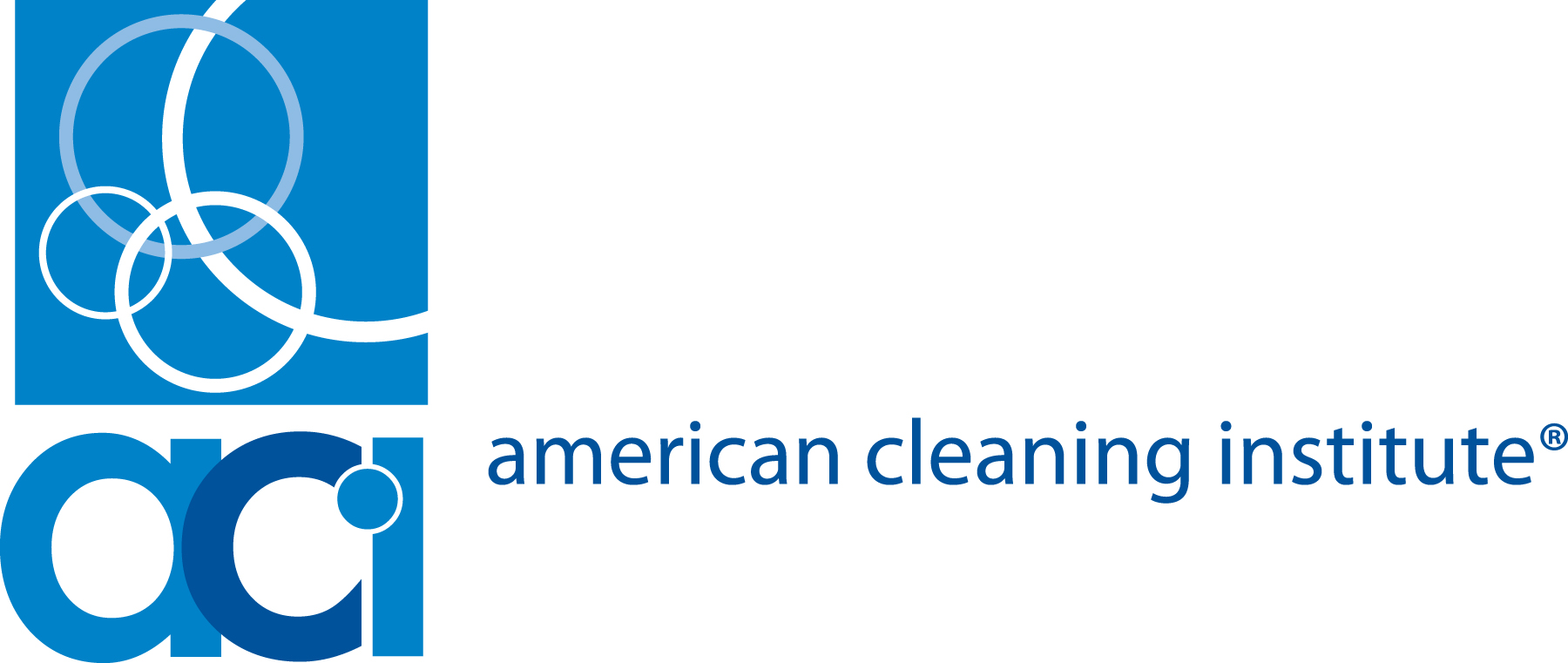Newswise — Five scientists who examined the inner workings of a newer class of surface active agents " known as gemini surfactants " are the recipients of the 2005 Soap and Detergent Association (SDA) Award.
The award is sponsored by SDA and the Surfactants & Detergents Division of the American Oil Chemists' Society (AOCS), and was presented during the AOCS 96th Annual Meeting and Expo in Salt Lake City, Utah. The award honors the best technical paper published in 2004 in the Journal of Surfactants and Detergents, a publication of AOCS Press.
The winners of the 2005 SDA Award authored a paper that appeared in the July 2004 issue of the Journal, "Kinetics of the Self-Assembly of Gemini Surfactants." The honorees include:
· Cecilia Groth, a Ph.D. student at Chalmers University of Technology, Göteborg, Sweden. · Magnus Nydén, Ph.D., associate professor, Department of Materials and Surface Chemistry, Chalmers University of Technology. · Krister Holmberg, Ph.D., professor of Applied Surface Chemistry, Chalmers University of Technology. · James Kanicky, Ph.D., R&D engineer with DuPont Titanium Technologies, Iler Research Center, New Johnsonville, Tennessee. · Dinesh O. Shah, Ph.D., Director, Center for Surface Science and Engineering at the University of Florida, and the First Charles A. Stokes Professor of Chemical Engineering and Anesthesiology.
In recent years, gemini surfactants have attracted substantial interest in the academic as well the industrial communities, according to Dr. Shah.
As the name implies, gemini surfactants consist of two surfactant moieties (portions), linked together by a spacer unit (two, three, four or more methylene groups). Gemini surfactants form micelles (which are basically electrically charged colloidal particles or ions consisting of oriented molecules) and give mono-and bilayers at surfaces at much lower concentrations than regular surfactants.
"This pronounced tendency to self-assemble can have many practical applications, for instance in cleaning and personal care applications," says Dr. Shah.
Using a combination of techniques, the authors have demonstrated that the length of the spacer unit governs many of the properties of these surfactants and that truly unique properties can be obtained if the spacer is very short. "The common surfactants associate as spherical or cylindrical micelles at appropriate surfactant concentrations and conditions," added Dr. Shah. "Normally, cylindrical micelles form at much higher surfactant concentrations. In contrast, gemini surfactants form spherical as well as cylindrical micelles at much lower concentrations. The reason is that the two chains are linked by a spacer of hydrocarbon.
"This is almost like two kids running with their one foot tied to each other. It changes the kinetics of their diffusion in and out of the micelles or at the interface. The shorter spacer length makes gemini molecules adsorb much faster at the interface. Thus, the industry may use gemini surfactants to produce fluids containing rod-like micelles using much lower concentration of gemini surfactants. Such solutions have unique flow properties and solubilization characteristics.
"The results can be utilized by industry in the development of improved formulations for surfactant-containing products," said Dr. Shah.
The research honored by SDA and AOCS is the result of a long-term research collaboration between surface chemistry groups at the University of Florida and at Chalmers University of Technology in Göteborg, Sweden.
The Soap and Detergent Association (http://www.cleaning101.com), the U.S. Home of the Cleaning Product and Oleochemical IndustriesSM, is the non-profit trade association representing manufacturers of household, industrial, and institutional cleaning products; their ingredients and finished packaging; and oleochemical producers. SDA members produce more than 90 percent of the cleaning products marketed in the U.S. The SDA is located at 1500 K Street, NW, Suite 300, Washington, DC 20005.
MEDIA CONTACT
Register for reporter access to contact detailsCITATIONS
American Oil Chemists’ Society 96th Annual Meeting
